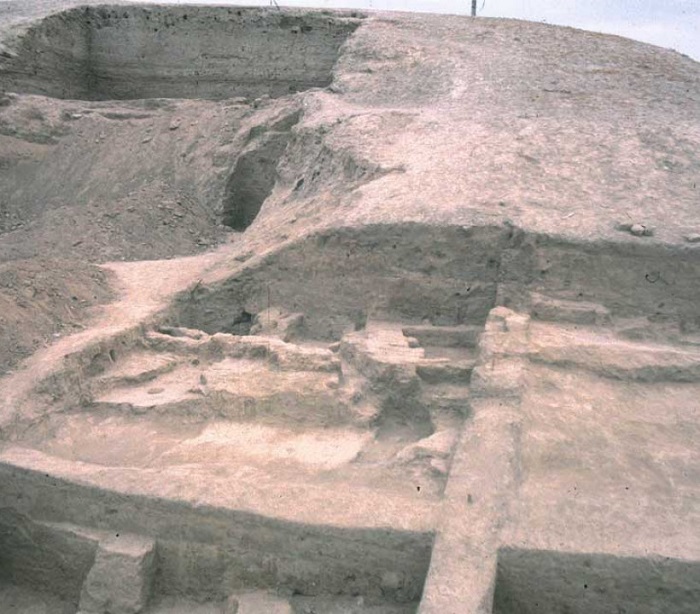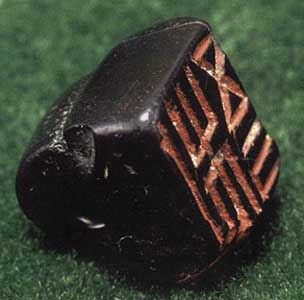Renowned American archaeologist Fredrik Hiebert, a leading expert on the ancient agricultural culture of Anau, believes in the existence of a hidden civilization beneath the Anau hills in Turkmenistan.
Fredrik Hiebert, a doctor of Archaeology at the University of Pennsylvania, worked with Victor Sarianidi and Turkmen archaeologists studying the Anau. Together with the Turkmen archaeologist K.Kurbansakhatov, he wrote the book “A Central Asian Village at the Dawn of Civilization, Excavations at Anau, Turkmenistan”, published in Philadelphia (USA) in 2003.
In an interview with Neutral Turkmenistan, Hiebert discussed his passion for Turkmenistan’s history and his plans for future archaeological endeavors.
Inspired by the legacy of Raphael Pampelli and the enigmatic allure of the Great Silk Road, Hiebert embarked on his first journey to Turkmenistan in 1989, joining Sarianidi’s Margian expedition. Over several field seasons, he worked alongside talented Turkmen archaeologists, delving into the depths of the Anau hills.
 “In the old delta of the Murghab River Victor Sarianidi opened to the world a previously unknown center of world civilization – the country of Margush. But after two field seasons and a comprehensive study of disparate studies, I was convinced that this region still remains terra incognita for the archaeological community,” the scientist said.
“In the old delta of the Murghab River Victor Sarianidi opened to the world a previously unknown center of world civilization – the country of Margush. But after two field seasons and a comprehensive study of disparate studies, I was convinced that this region still remains terra incognita for the archaeological community,” the scientist said.
Recognizing the region’s immense potential, Hiebert, in collaboration with Professor Karl Lamberg-Karlowski, launched a comprehensive program to re-examine the Eneolithic hills of Anau in 1993. The first phase of the project, focusing on the Northern Hill, commenced in 1997. Subsequently, from 2000 to 2005, the team turned its attention to the Southern Hill, once again involving the expertise of Turkmen archaeologists.
One of Hiebert’s most groundbreaking discoveries was a minuscule 1.5 x 1.5 cm stone seal, adorned with enigmatic symbols. Unearthed on the Southern Hill of Anau in 2000, this artifact is estimated to be over 2,300 years old. Hebert believes that these symbols may represent an ancient writing system, potentially predating the Mesopotamian Cuneiform script. Scientists have yet to decipher these signs.
Another surprising revelation emerged from the upper layers of the Southern Hill. A stone wall, dating back to the Bronze Age, was discovered, although it was believed that all structures in the settlements of the first farmers who lived thousands of years ago in the fertile valley between Kopetdag and the Karakum desert were built from clay.
This discovery, as well as the belief that the Anau region harbors many more unsolved mysteries, prompted the American archaeologist to continue his research.
In the next five years, he plans, together with the National Directorate of Turkmenistan for the Protection, Study and Restoration of Historical and Cultural Monuments, to conduct excavations on the Southern Hill. Dr. Hiebert believes this ancient site, dating back over seven thousand years, holds the key to uncovering a previously unknown civilization. ///nCa, 12 November 2024

